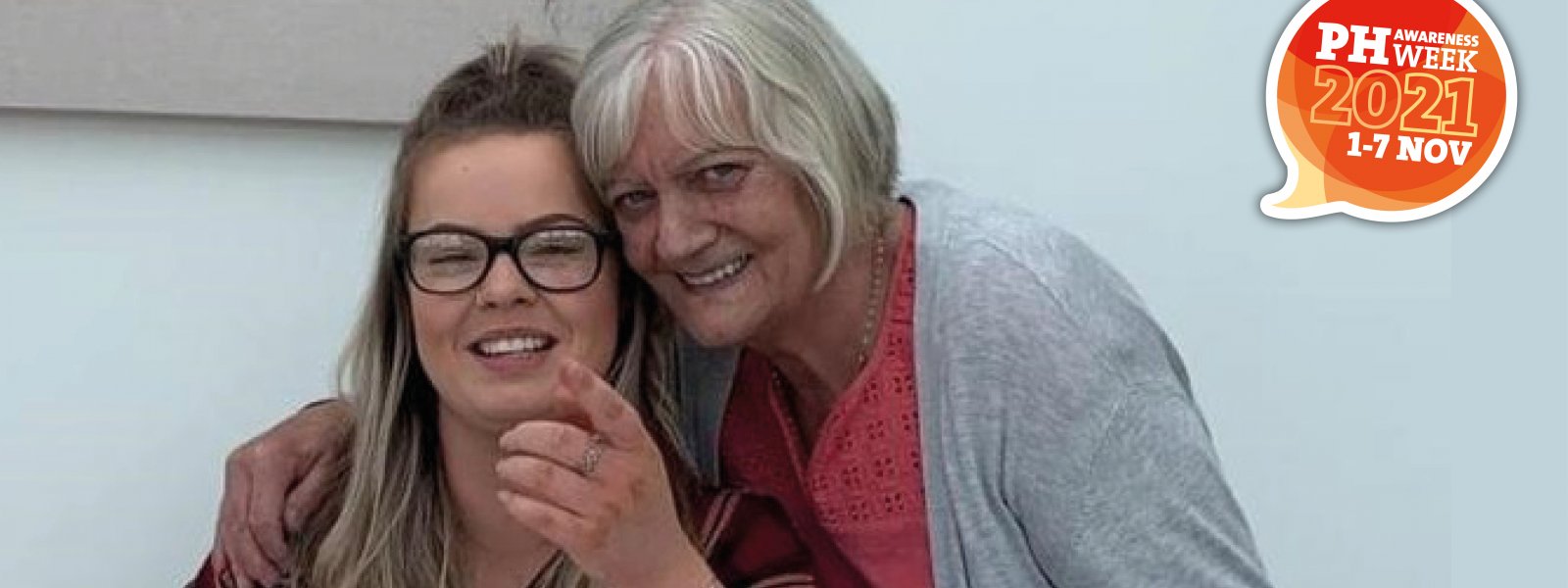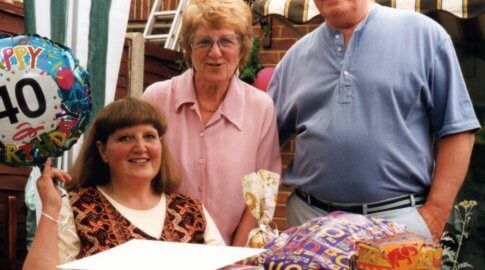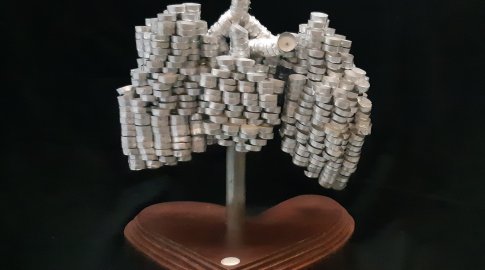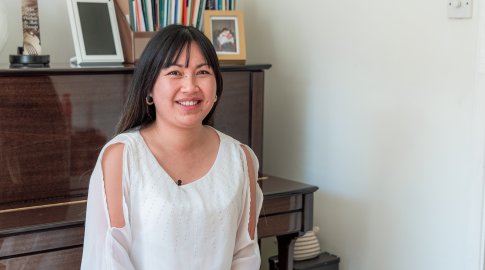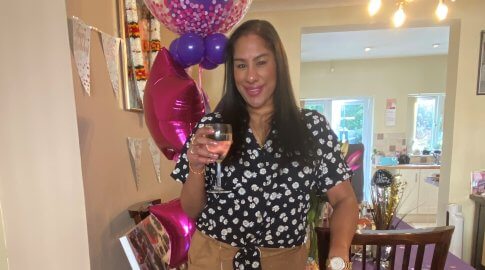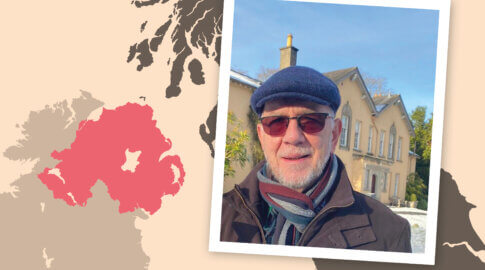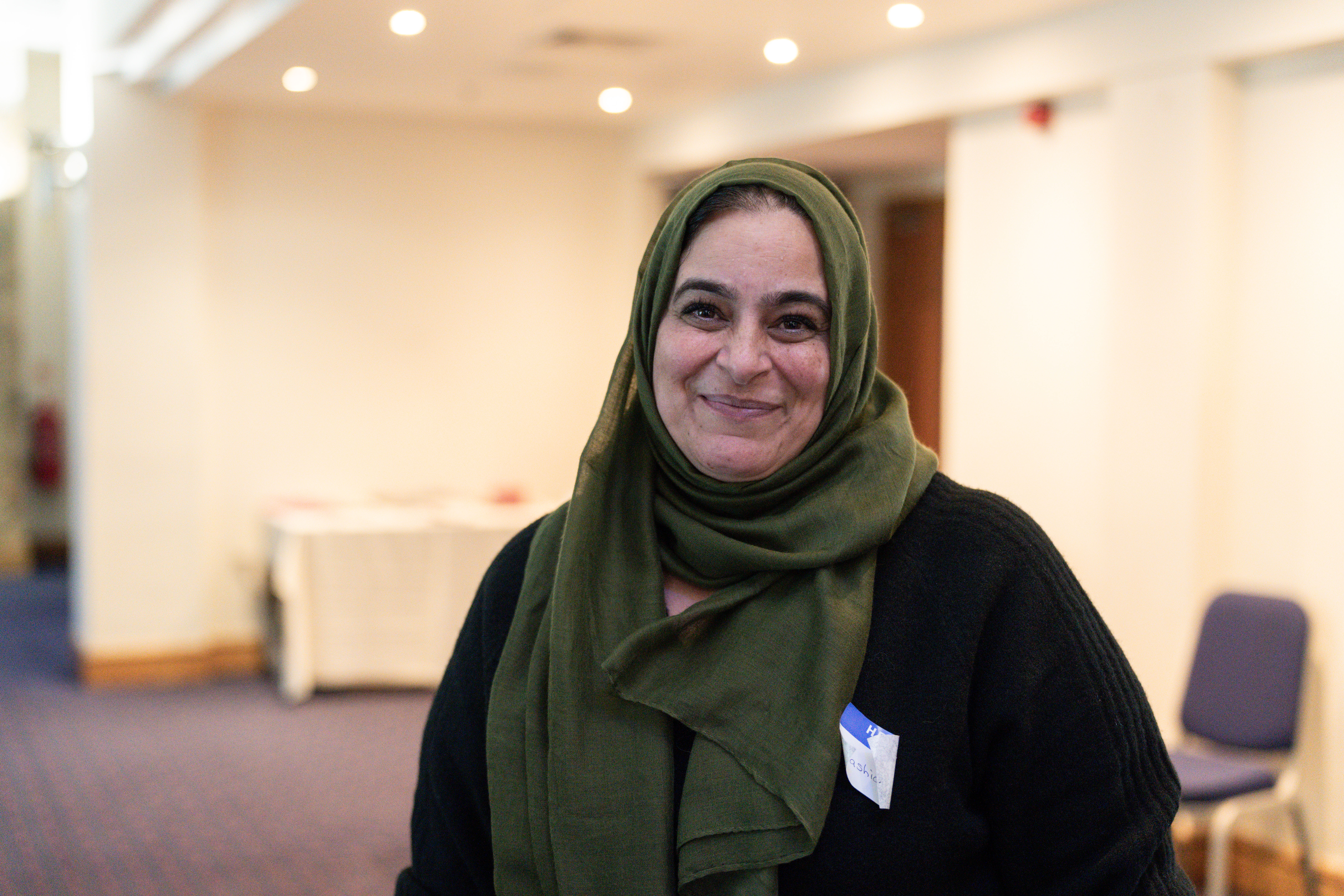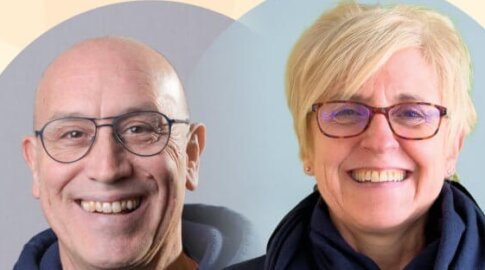“The more awareness there is, the easier it will be for those that live with this disease”
Carol Duffus was told she had pulmonary hypertension in 2016, eight years after being diagnosed with the connective tissue disorder CREST (calcinosis, Raynaud’s phenomenon, esophageal dysmotility, sclerodactyly, and telangiectasia).
In this blog for PH Awareness Week, 69-year-old Carol shares her experiences of delayed diagnosis and life with chronic health conditions.
“After I was diagnosed with CREST, I was given medication and off I went and led my life for about eight years. I travelled to New Zealand, Thailand, and lots of other places, and I’m glad I didn’t wait until my retirement.
I felt like everything was going fine, and even though I was getting breathless, I just put it down to being in my late fifties and thought nothing of it.
I was having regular echocardiograms because of the CREST, but although one of them picked up a change, a follow-up appointment was never actioned because of a shortage of rheumatologists where I live in the Scottish Highlands.
About 18 months later, I finally saw someone and by this point my lips had started going blue.
The rheumatologist sorted the right tests immediately but by this point I was furious. I felt upset, hurt, and let down by the system.
Before the tests could take place, I developed pneumonia so there was a wait, again, until I got over it.
Finally, I travelled from my home in Kingussie near Aviemore to the Golden Jubilee Hospital in Glasgow, where I had four days of tests.
It was here, at the age of 64, that I was told I had pulmonary arterial hypertension.
I had never heard of the condition and at first, I was relieved just to have a diagnosis. I did not know or understand the implications at that stage; it was only when I went home and read about it that I started to realise what it was.
It’s been tricky to get the medication right with what I take for my CREST too, but I am now on two types of tablets for PH and I use oxygen for 16 hours a day.
The medication has made a big difference. I used to be so breathless that I felt like a prisoner in the house, but now I can go out walking.
You do learn to adjust to having to be on the oxygen for so much of the day and I’m now getting out and about more. I feel like I’m getting some independence and confidence back, and much of that is down to the treatment.
I do still have things I want to do. I’d love to go on a cruise again, but I try not to think too much about the future. I know I will eventually have to go onto intravenous medication and a Hickman line, but what will be, will be.”
Carol is sharing her story to mark PH Awareness Week 2021:
“No-one would know that I have health conditions just from looking at me, but living in a small local area, everybody knows your business.
I try to explain what’s going on as best I can, but it’s complicated. I always get people telling me how well I look, so most of the time I just say thank you and get on with things.
People need to be aware of PH because no-one has heard of it. I was at a wedding a while ago and this chap said he had heard that I had been ill and told me I must have been a smoker. That hurt. I tried to tell him about the condition, but he wasn’t interested, and I find a lot of people are like that.
It’s about raising awareness and encouraging people to have a little bit of understanding. The more awareness there is, the easier it will be for those that live with this disease.”
